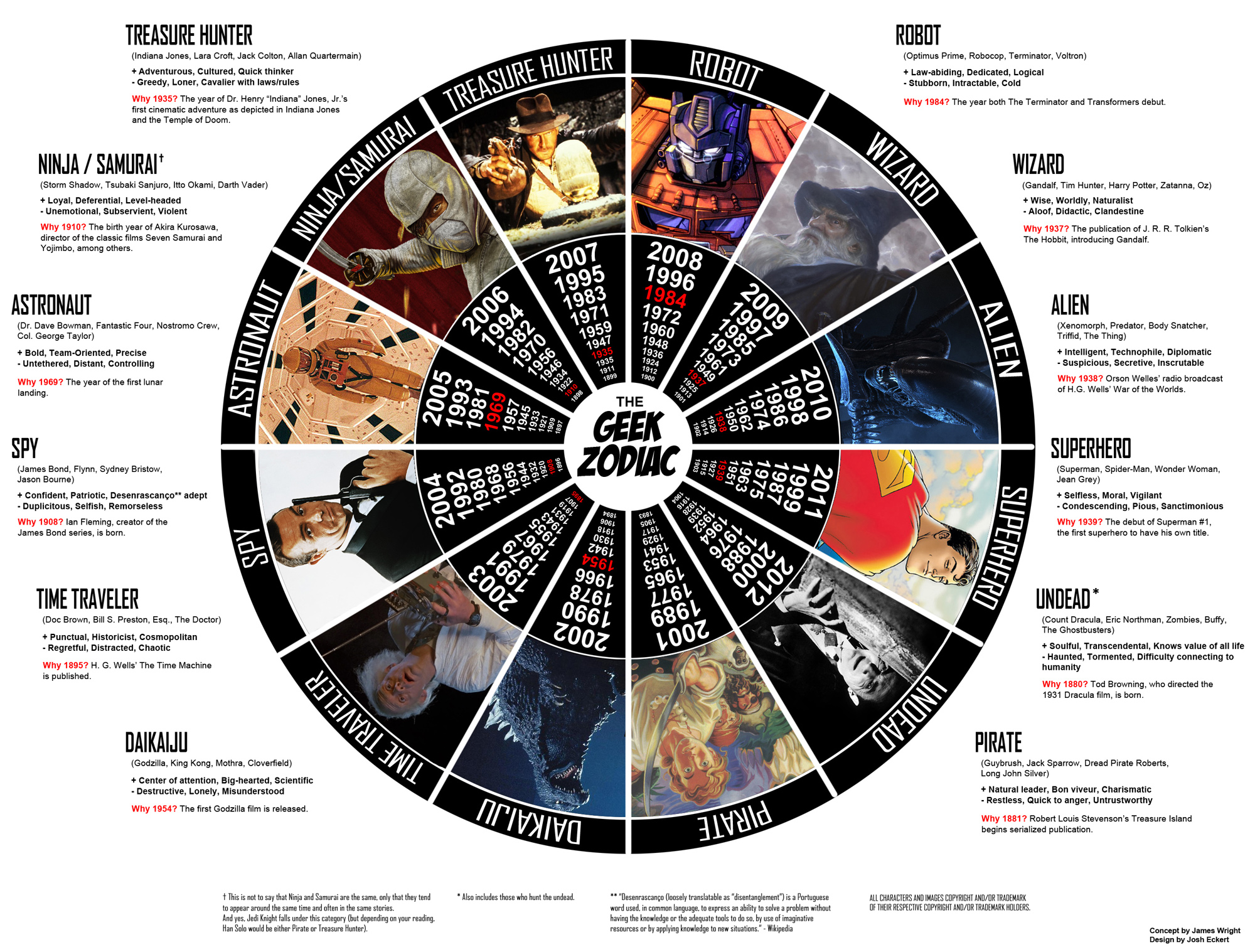I came across two seemingly unrelated articles and noticed an interesting connection.
-First, an article in the New York Times celebrated the 300th birthday of philosopher David Hume. The article cited the following quote by Hume: "Hume argued that “reason alone can never be a motive to any action of the will.” Desire, for example, “arises not from reason.” And yet it can (and ought to be) “directed by it.” -> Hume points out that an entirely rational model of decision-making is not feasible.
-Second, a blog entry on geekosystem described a new computer simulation that aims to model schizophrenia. There are multiple definitions of schizophrenia. This simulation builds upon the hyperlearning theory of schizophrenia, which holds that the disease springs from an inability to forget or ignore non-essential information. The human brain uses dopamine to mark certain information as essential. Dopamine is commonly associated with the reward system of the brain, providing feelings of enjoyment and reinforcement to motivate a person proactively to perform certain activities. In other words, the brain connects emotions to certain information to mark them as important. The computer simulation increased the virtual dopamine release which reduced the programs ability to distinguish important from unimportant information.
Both articles address the same idea: Emotions are an important part of human thinking and decision-making. An entirely rational computer program without emotions can therefore never simulate human thought processes. Instead of seeing emotions as an opposition to rational thought processes, they should be seen as complementary (read more here about using emotions for decision making).
My model of decision-making includes five elements: 1) Rational, 2) Emotional, 3) Socio-cultural conventions, 4) available resources, and 5) political strategic. Both "conventions" and "strategic" factors are socio-cultural as we make different decisions depending in which social setting we are.





